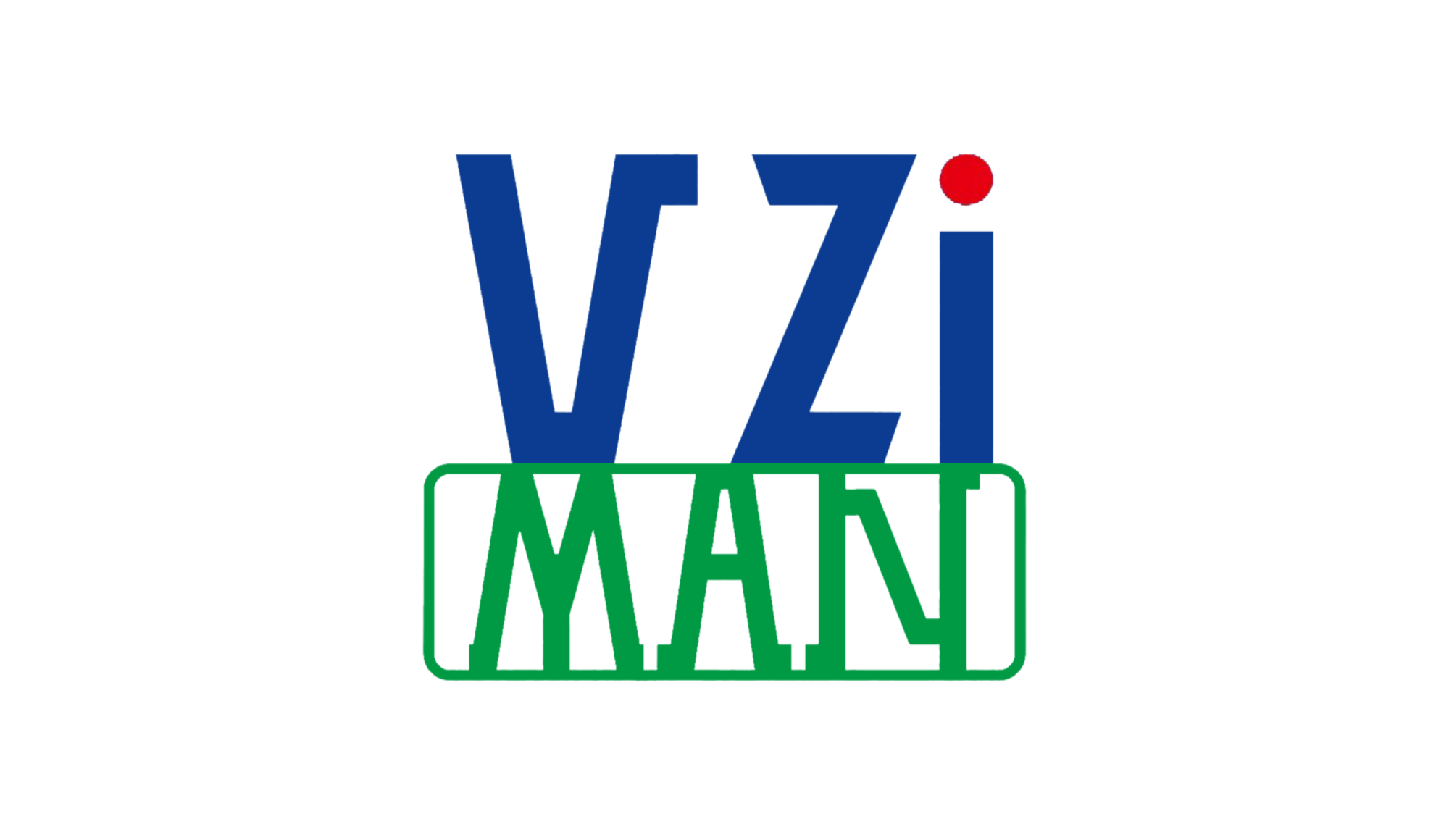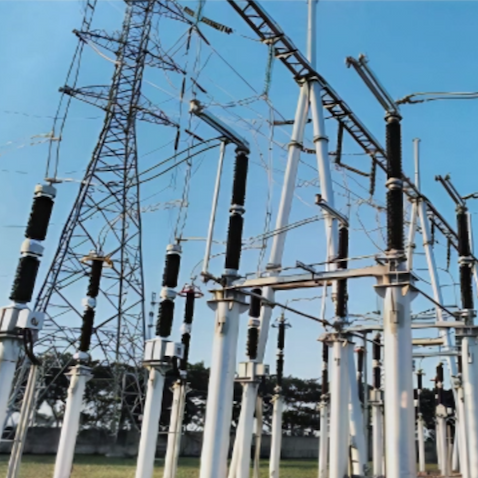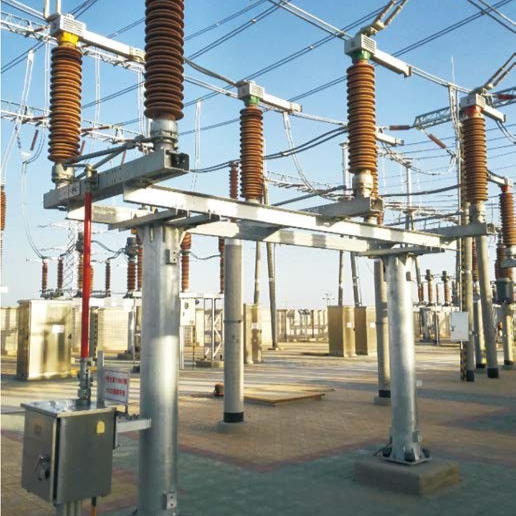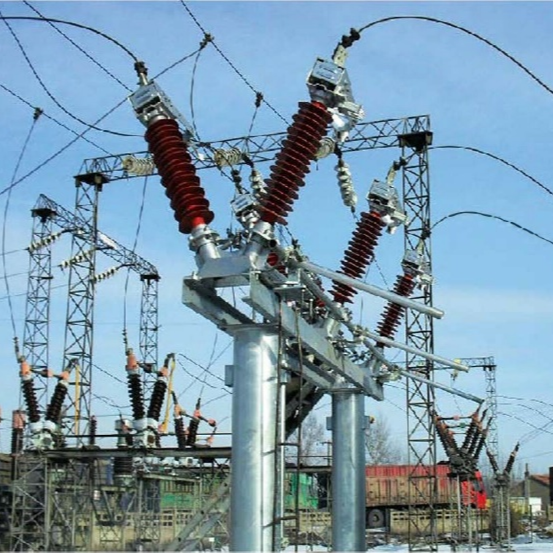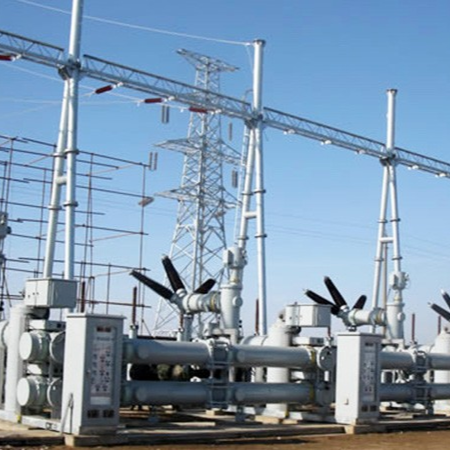Intelligent Drive: The Efficient Transformation Path for Distribution Transformers above 10kV
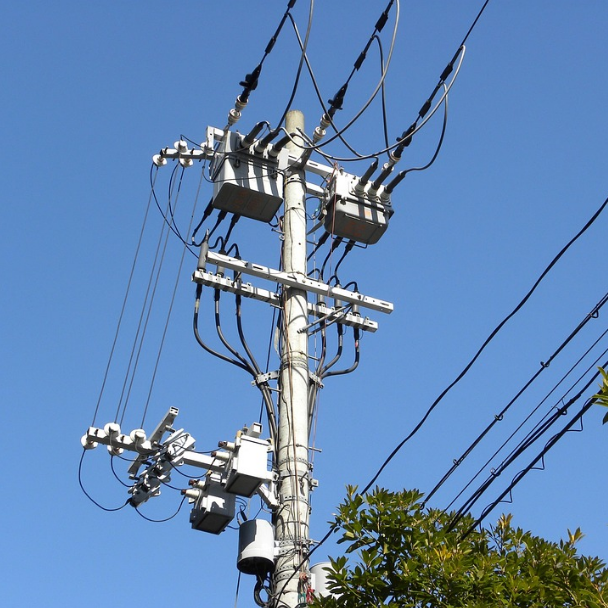
1.Introduction
1.1 Urgent Need for Upgrading Distribution Transformers
- Rising Load Density
During peak hours, transformers often operate overloaded, raising temperatures (by 15–25°C in extreme cases). Prolonged heat speeds up insulation degradation (like in paper-oil systems), boosting failure risks—overloaded units have up to 40% higher failure rates.
- Power Quality Disturbances
Voltage fluctuations > ±10% of nominal values disrupt sensitive gear (medical devices, data centers).Harmonic pollution (THD > 8%) from nonlinear loads (PV inverters, EV chargers) overheats equipment and cuts efficiency (up to 12% in HVAC systems).
- Operational & Maintenance Inefficiencies
Manual inspections every 6–12 months miss early fault signs (like partial discharge or oil degradation).O&M costs are rising (25–30% yearly for labor and parts), shrinking ROI for aging equipment fleets.
1.2 Intelligent Technologies Empowering Grid Management
- Sensor Monitoring
Deploy intelligent sensors on distribution transformers:
Temperature: PT100 sensors (±0.1°C) for windings;
Current/Voltage: Hall-effect sensors (0.5% accuracy, 10kA/400V)
Vibration: MEMS accelerometers (50mV/g);
Partial Discharge: Ultrasonic sensors (20 - 150kHz);
Environmental: Humidity/CO₂ sensors
- Technology-Integrated Terminal (TTU)
The edge computing-enabled TTU implements:
Multi-protocol Acquisition: IEC61850, Modbus;
Analytics: FPGA for harmonics, LSTM for load forecasts
Security Architecture: TLS 1.3, HSM;
Control Capabilities: Auto-reclosing, OLTC regulation
- Diagnostic System Decision-Making
The AI-enhanced diagnostic platform features:
Multi-source Fusion: Combines vibration, DGA, thermal data;
Fault Prognostics: CNN for classification, Monte Carlo for RUL
Optimization Engine: Genetic algo for scheduling, digital twins;
Compliance Management: IEC60599, NERC audits

1.3 Intelligent Transformation to Address Power Grid Challenges
- Enhancing Power Supply Reliability
Monitoring: Use PT100 sensors (±0.5°C) for winding temp, UHF sensors (300 - 1500MHz) for partial discharge, and MEMS accelerometers (50mV/g) for vibration.
Diagnostics: LSTM - based detection (10,000+ cases), digital twin (error <0.3%).
Self - Healing: IEC61850 for breaker coord., reactive power comp. for voltage.
- Optimizing Energy Allocation
Renewables: Mitigate PV/wind with MPPT, coord. batteries (SOC ±2%).
Load Mgmt: Reinforcement - learning forecast (error <3%), tariff response (peak shaving +18%).
Power Quality: Active filtering (THD <3%), voltage sag comp. (<20ms).
- Reducing Operational & Maintenance Costs
Faults: Transformer - specific detection (AUC >0.95), RUL pred. (±5%).
Decision: Prioritize with FMEA + cost - benefit, optimize inventory (accuracy >90%).
Remote: 5G param. adj., AR - assisted (98% loc. accuracy).
2.Challenges faced by distribution transformers
2.1 Rising Load Density
- Overload Pressure
Prolonged peak - hour overload causes high equipment temperatures, speeding up insulation aging and raising risks of thermal runaway, short - circuits, and shorter lifespan.
- Power Quality Degradation
Big voltage swings, unstable frequency, and harmonic distortions (from renewables or nonlinear loads) lower equipment efficiency and damage appliances.
- Inadequate Operational & Maintenance
Periodic inspections miss early signs of degradation, causing unplanned outages and higher costs.
2.2 Diversified Electricity Demand
- Diversified Electricity Demand
End - users now demand higher power quality. Key requirements are voltage stability (±1% fluctuation), frequency stability (±0.1 Hz deviation), and low harmonic distortion (THD < 5%). This is due to more sensitive digital devices and industrial automation.
- Limitations of Traditional Transformers
- Can't handle dynamic load changes well due to static impedance design.
- Only have basic passive LC harmonic filters, not enough.
- Poor at regulating voltage with variable renewable energy.
- Don't work well with bidirectional power from distributed energy resources (DERs).
-Smart transformers with power electronics and compensation modules are needed.
- Challenges of New Energy Integration
Renewable energy is growing fast (solar PV at +35% CAGR, wind at +18% CAGR):
- Intermittency causes frequency deviations (0.2 - 0.5 Hz in weak grids).
- PV inverters inject DC components, disrupting grid sync.
- Capacitive reactive power can cause overvoltages in low - load times.
- Harmonics from multi - stage inverters (up to 11th order).
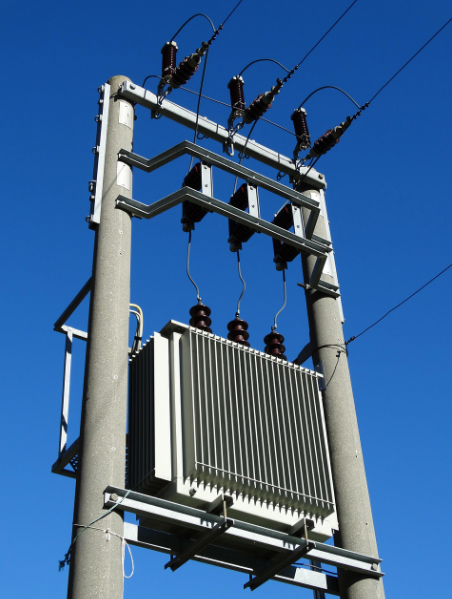
2.3 Complexification of Power Grid Structure
- Complexification of Power Grid Structure
With the development of smart grids and micro - grids, and the integration of distributed energy resources into the grid, the power grid now encompasses a diverse array of equipment and intricate wiring configurations.
- High Difficulty in Operation and Maintenance
The increasing complexity has significantly escalated the challenges in operation and maintenance, driving up associated costs. Delays in issue resolution can potentially trigger the spread of faults, leading to more severe consequences.
- Efficient and Precise Operation and Maintenance
To address these issues, it is imperative to innovate operation and maintenance management models. This involves enhancing the professional capabilities of operation and maintenance personnel and introducing intelligent operation and maintenance tools and advanced technologies.
3.Realization effect
3.1 Technical - Driven Efficiency Revolution
- Real - time Operation and Maintenance Monitoring
By leveraging sensors and Internet of Things (IoT) technologies, real - time monitoring and remote control of the operation status of distribution transformers can be realized. This significantly enhances the timeliness and accuracy of operation and maintenance work.
- Rapid Fault Response
The intelligent system is capable of quickly identifying faults and triggering the alarm mechanism. As a result, it shortens the time required for fault detection and response, minimizes economic losses, and ensures the stable operation of the power supply.
- Predictive Maintenance
By applying big data analysis and AI, potential equipment failures can be predicted in advance. Accordingly, preventive maintenance plans are made. This not only cuts operation and maintenance costs but also prolongs equipment service life and boosts its operational efficiency.
- Fine - grained Management
With intelligent transformation, power enterprises can achieve fine - grained management of power supply services. This leads to an improvement in the reliability and stability of power supply, ultimately providing users with a better power - using experience.
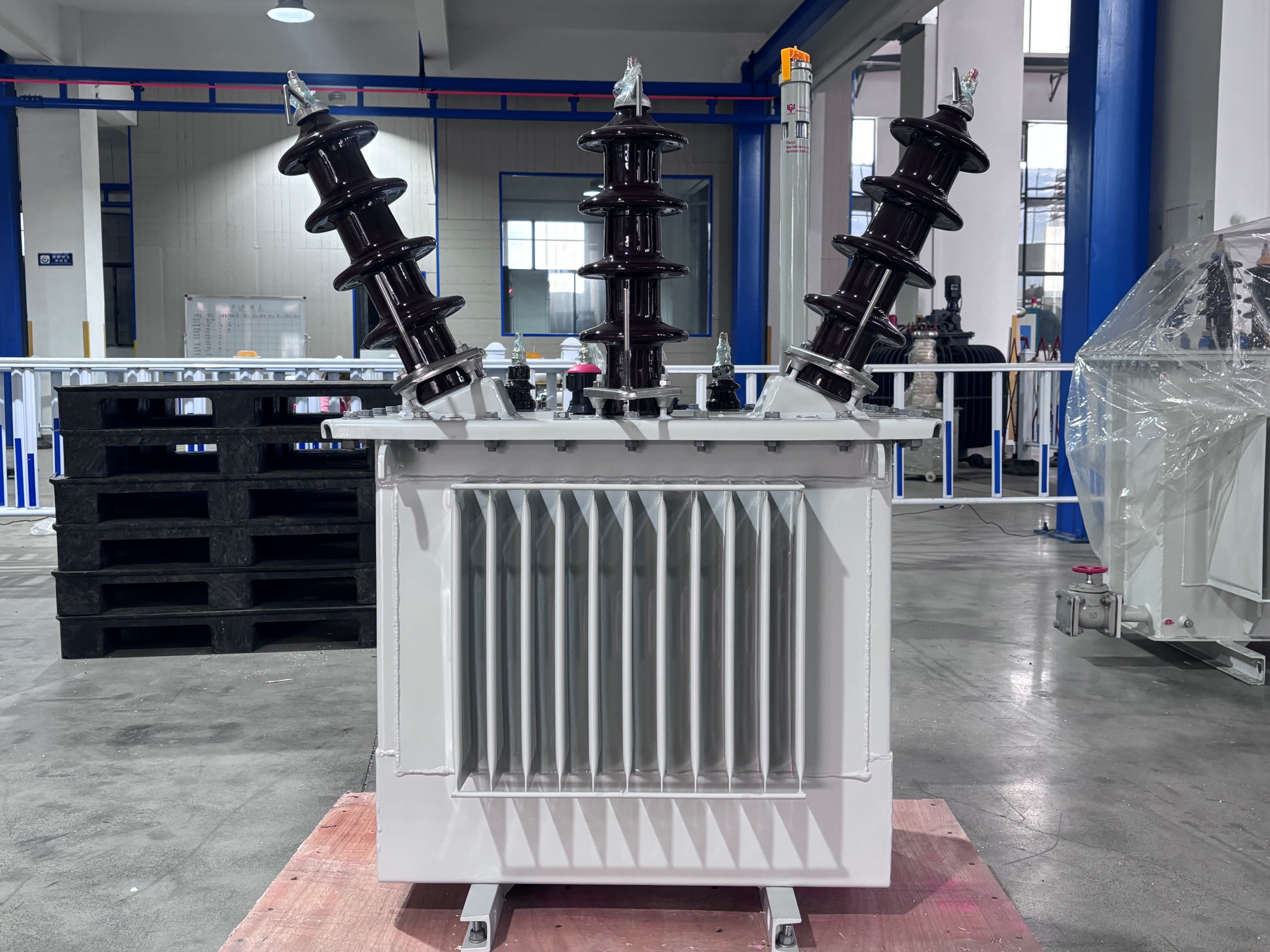
3.2Digital Upgrade of Power Grid Resilience
- Real-Time Data Collection
IoT sensors at substations, transformers, and distribution nodes collect grid data. Multi - channel systems integrate SCADA, EMS, and PMU - PDC to synchronize time - stamped data. Edge computing uses wavelet transforms to preprocess data, filtering noise while keeping key transient features.
- Emergency Response
Self-healing algorithms isolate faults in under 200ms. Digital twins precompute reconfiguration strategies. Coordinated SCADA - EMS actions maintain voltage stability.
- Weak Link Detection
AI platforms correlate real-time data with historical failures. Machine learning models predict component degradation for maintenance. Risk scoring systems prioritize vulnerabilities with N - 1 analysis and simulations.
- Continuous Monitoring
Phasor measurement networks detect low - frequency oscillations. Blockchain ensures data integrity. Reinforcement learning optimizes preventive actions based on real - time risks and forecasts.
3.3Strategic Pillars for Industry Transformation
- Enhanced Service Quality
AI - driven platforms optimize end - to - end services via predictive analytics and resource allocation. Edge computing ensures sub - 50ms latency for key decisions on load balancing and fault tolerance.
- Digital Transformation Acceleration
Blockchain - enabled AMI and 5G - IoT networks enable secure real - time data exchange. Digital twin platforms simulate over 10,000 grid nodes, optimizing dispatch with reinforcement learning.
- Advanced Monitoring & Prediction
Smart transformers with 1kHz sensors do microsecond - level transient analysis. Hybrid ML models (LSTM - CNN) predict winding and bushing issues with 98% accuracy, cutting unplanned outages by 40%.
- Innovative Digital Services
AI - powered aggregators offer dynamic pricing and demand response. VPP platforms aggregate 500MW+ resources for ancillary services, generating over $12M annually.
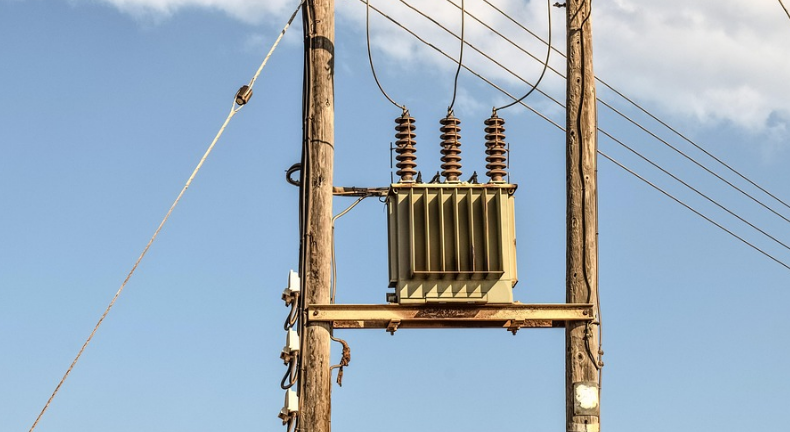
4.Future Prospects
4.1 Continuous Optimization & Innovation of Intelligent Technologies
- Technology Integration & Enhancement
Hybrid AI (CNN - LSTM) combines with 5G - IoT sensor networks (vibration/temperature) for multi - D monitoring. Edge computing preprocesses data with federated learning, detecting partial discharge with 99.2% accuracy and <50ms latency.
- Intelligent Operation Management
Digital twins simulate transformer heat under different loads (0 - 120% capacity) to optimize cooling. Predictive maintenance models (aging index) cut unplanned outages by 35% via N - 1 analysis.
- Autonomous Diagnosis & Self - Recovery
Blockchain - secured logs help cross - device anomaly detection with federated neural nets. Self - healing isolates faulty windings in <150ms by IED coordination, and drone thermal imaging checks repairs.
4.2Widespread Application of Intelligent Transformers
- Advanced transformer tech aids decarbonization:
- Dynamic impedance matching cuts renewable curtailment losses by 22%.
- Phase - shifting mitigates harmonics, meeting IEC 61000 - 4 - 7.
- Vacuum distillation recovers 95% of insulating oil.
- Intelligent transformers expand from urban grids to various scenarios:
- In industrial IoT, 10kHz - sampled vibration sensors on wind turbine gearboxes enable predictive maintenance.
- Cross - border energy corridors use substations with blockchain for transactive energy.
- Rural microgrids adopt solar - compatible transformers with MPPT, reaching 98.5% efficiency.
- Smart transformers optimize energy use:
- Digital twins simulate 120% overload thermal profiles.
- AI - driven load forecasting is 97% accurate, reducing overload risks.
- LoRaWAN wireless mesh covers 15km for distributed monitoring.
